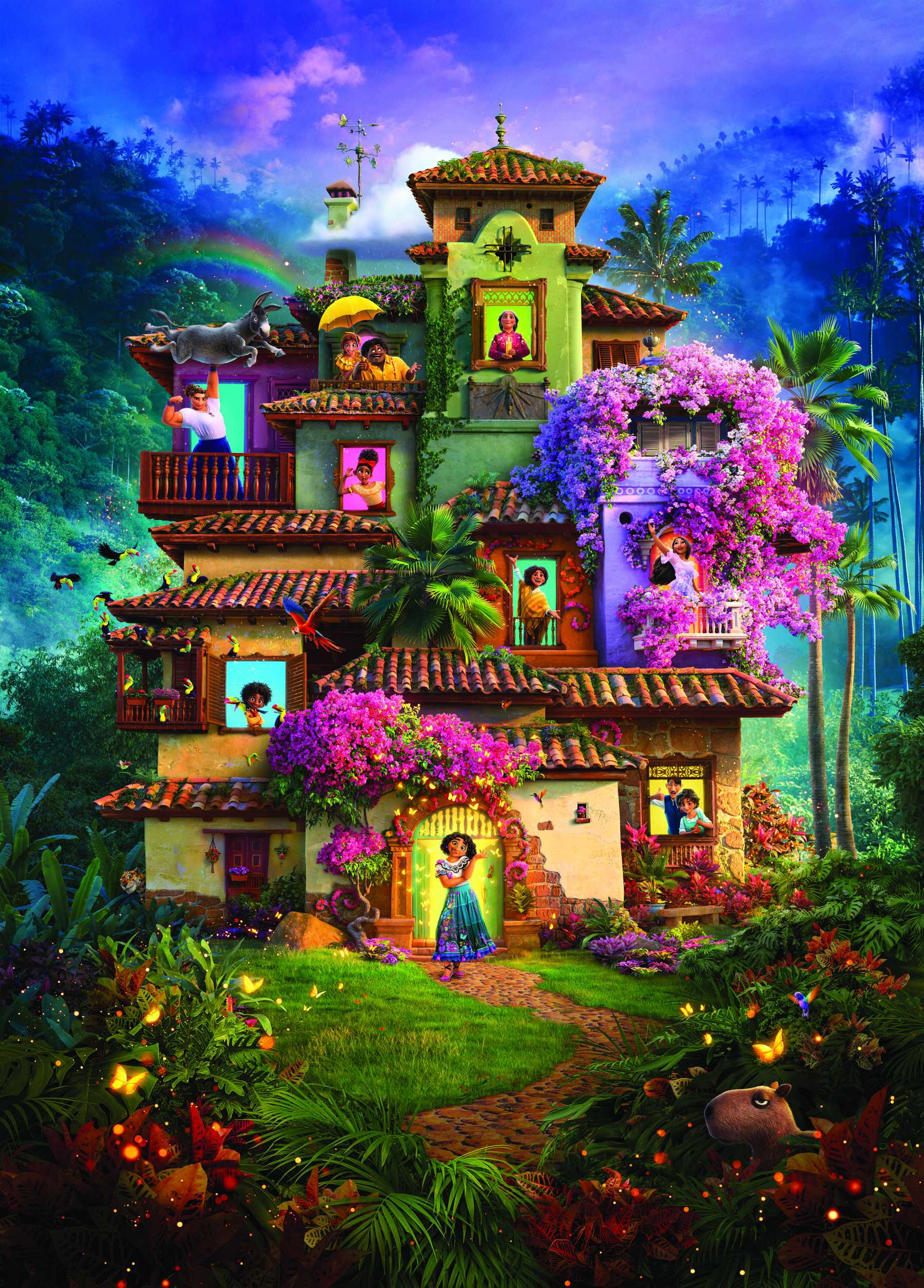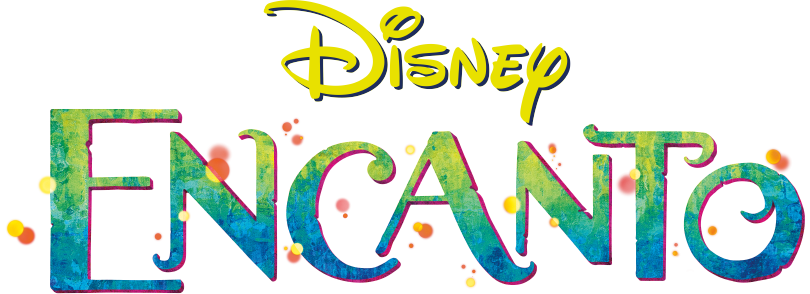
Make music with Casita’s chorus
You’ll need
- Percussion instruments (optional)
- Access to the internet
Before you begin
- Use the safety checklist to help you plan and risk assess your activity. Additional help to carry out your risk assessment, including examples can be found here. Don’t forget to make sure all young people and adults involved in the activity know how to take part safely.
- Make sure you’ll have enough adult helpers. You may need some parents and carers to help if you’re short on helpers.
Encanto tells the tale of an extraordinary family, the Madrigals, who live hidden in the mountains of Colombia. When the family had to flee from attackers, they found the candle of Alma, which created their home. Their home is called Casita and it’s a magical house for the family to live in. It’s located in a magical place called Encanto, which is bordered by high mountains. A new village has grown around the Casita, protected by the candle. The magic of the candle also gives everyone in the Madrigal family a unique gift to help them to serve the villagers. The gifts have been things like seeing into the future, super strength or the power to make people better with food. Every person in the family got their magical gift at the age of five, all except one, Mirabel. But when Mirabel discovers that the magic surrounding the Encanto is in danger and it might all fall down, Mirabel decides that she, the only ordinary Madrigal, might just be her exceptional family's last hope.
Tell the story
- Ask everybody about the story of Encanto, remembering everyone in your group might not have seen it. You could chat about the Family Madrigal, how they help their village with their unique gifts to overcome challenges.
- Using a device connected to the internet, play the video ‘Family Madrigal’, or play 'Family Madrigal' from the Encanto playlist on a streaming platform. Ask everyone to listen carefully where do they think the music's rhythm or beat comes from?
- Talk about how the house, the Casita, provides some of the music for Mirabel to sing along to. The stairs move, the drawers and windows bang, the tiles rattle and Mirabel knocks on the doors to provide a rhythm or beat to the song.
- If you don’t have access to the internet or aren’t able to watch the video, you can go straight to step 4. You should talk about the magical house providing the music beat and rhythm for the family to sing along to. You could ask what young people think could help to make noise in a house. Their ideas may include the doors, windows, tiles or chairs moving.


Start the activity
- Gather everyone is a circle. Ask everyone whether they think their meeting place can help them to make music.
- Ask everyone to go around their meeting place and find things that make noise. Some ideas include:
- Tapping on walls, tables, chairs or benches
- Tapping windows
- Shaking a water bottle
- Using wooden spoons on pots and pans
- Zipping a coat up and down
- If you think there may not be enough options, you could place some simple percussion instruments around the room.
- Decide as a group the four best sounds. Split the group, so they’re evenly distributed between the sounds.
- Make sure everyone in the group can access the ‘instrument’ to be able to play it. For example, everyone tapping a table should be stood around a table together, people moving a chair should each have a chair, or anyone shaking a waterbottle should have a bottle each.
- Number each group and make sure they know they’re number.
- Explain that when you say a letter, each group should try to play their instrument for the correct number of beats. Use the words below to help them remember the beats to play for each letter.
- Go around each group individually and let them practice their beats when you say a letter. For example, when you say A, groups 1 and 4 need to do 1 beat, group 2 need to 2 beats, and group 3 need to do 3 beats. Again, they could use the words below to help them remember the beats to play for each letter, or they may just need to know it’s 2 beats to begin with.
|
|
A |
B |
C |
D |
||||||
|
Group 1 |
An |
ton |
i |
o |
||||||
|
Group 2 |
Iss |
a |
bel |
a |
Flow |
er |
Make |
er |
||
|
Group 3 |
Lou |
i |
sa |
Su |
per |
Strong |
||||
|
Group 4 |
We |
don’t |
talk |
A |
bout |
Bru |
no |
|||
- When all the groups are happy and know what to do to create their beat for each letter, try putting them together to make your rhythm.
- If you haven’t already, get each group to say the words for their beat aloud as you play.
- You could share your performance with parents and carers at the end of the meeting or with another section.
© Disney
Reflection
In this activity we made some music using just instruments made from things found in our meeting places. We used different beats and sounds to make a rhythm, just like the Casita from Encanto.
What do the young people notice when they do it together? How does it feel working as a team to make this music? Is anyone going to try to find some instruments at home?
Safety
All activities must be safely managed. You must complete a thorough risk assessment and take appropriate steps to reduce risk. Use the safety checklist to help you plan and risk assess your activity. Always get approval for the activity, and have suitable supervision and an InTouch process.
- Electrical equipment
Inspect cables for any damage before each use. A responsible adult should supervise people using equipment, and people should follow instructions on how to use them correctly and safely. They should be properly maintained and stored. Be extra cautious of trailing cables and water when using electric equipment.
You could try playing it faster or slower, depending on your group. You could add in some more sounds by adding in more groups.
You could provide some simple percussion instruments for those who find moving around more difficult. If anyone struggles to tap or move an object, could a group use their voices to make noise instead.
All Scout activities should be inclusive and accessible.